Formative tests play a crucial role in modern education by providing ongoing feedback that guides both teaching and learning. Unlike summative assessments, which evaluate student learning at the end of an instructional period, formative tests are designed to monitor progress and inform instruction throughout the learning process. Understanding formative tests and their benefits is essential for educators and parents alike. This article explores the fundamental definitions, distinctions, and practical applications of formative testing, highlighting its significance in fostering continuous learning and improving educational outcomes. By examining key benefits and offering strategies for effective implementation, we aim to enhance your approach to assessment and support student growth.
Join gameshoek.com for a detailed examination of this topic.
1. Why Formative Tests Matter
Formative tests matter because they provide critical, real-time insights into student learning and progress. Unlike summative assessments, which typically occur at the end of a learning period to evaluate overall achievement, formative tests are conducted throughout the instructional process. This ongoing evaluation allows educators to identify strengths and weaknesses early, adjust their teaching strategies, and offer targeted support to address learning gaps.
For students, formative tests serve as a tool for self-assessment and reflection. They can gauge their understanding of the material and receive immediate feedback, which helps them stay on track and make necessary improvements before final evaluations. This continuous feedback loop fosters a learning environment where students are encouraged to engage actively and take responsibility for their own learning.
Moreover, formative tests contribute to a more personalized educational experience. By tailoring instruction based on formative assessment data, educators can meet individual learning needs more effectively, thus enhancing overall educational effectiveness. This approach not only supports better academic outcomes but also promotes a growth mindset among students, emphasizing that learning is a dynamic process where progress is continually assessed and encouraged.

2. How Formative Tests Differ from Summative Assessments
Formative tests and summative assessments serve different purposes in the educational process, each playing a unique role in evaluating student learning. Formative tests are designed to monitor and support ongoing learning. They are administered during the instructional period and focus on providing immediate feedback to both students and educators. This feedback helps identify areas where students may need additional support and allows for instructional adjustments to address these needs before the final evaluation.
In contrast, summative assessments are conducted at the end of an instructional period, such as the end of a unit or course. Their primary purpose is to evaluate and document overall student achievement and performance. Summative assessments, like final exams or end-of-term projects, are used to determine if learning objectives have been met and are often used for grading and reporting purposes.
The key difference lies in their timing and intent: formative tests are ongoing and aimed at enhancing learning through feedback, while summative assessments are conclusive and aimed at summarizing what students have learned. Both types of assessments are crucial, but formative tests provide the continuous insight necessary to guide and improve the learning process, whereas summative assessments offer a final measure of educational outcomes.
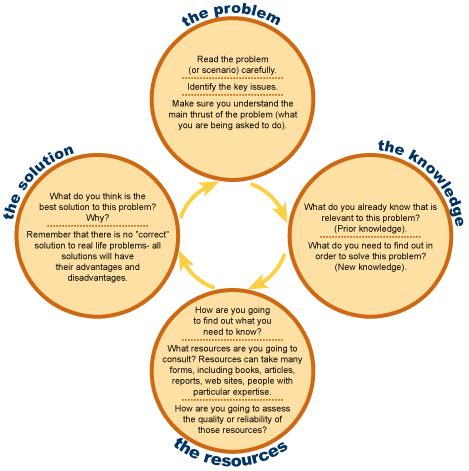
3. What Constitutes a Formative Test
A formative test is characterized by its focus on assessing student learning during the instructional process rather than at its conclusion. It includes a variety of assessment tools and methods designed to provide ongoing feedback to both students and educators. Examples of formative tests include quizzes, polls, classroom discussions, peer reviews, and written reflections. These assessments are typically low-stakes, meaning they do not carry significant weight in the final grading but are crucial for identifying learning gaps and guiding instructional adjustments.
Formative tests can be formal, like scheduled quizzes, or informal, such as observational assessments during class activities. The key elements of a formative test are its immediacy and its use of feedback to inform teaching and learning. By regularly implementing formative tests, educators can track student progress, adapt their teaching strategies, and provide targeted support to enhance learning outcomes. The goal is to create a responsive learning environment where both students and teachers can continuously engage with and improve upon the material being studied.
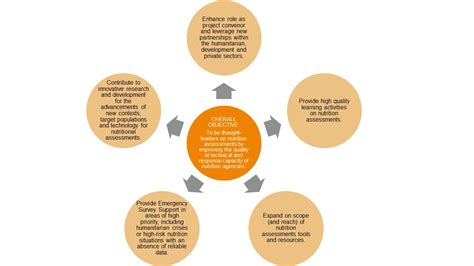
4. Why Educators Should Use Formative Tests
Educators should use formative tests because they provide valuable insights that can significantly enhance teaching and learning. By regularly incorporating formative assessments, educators can gauge students’ understanding of the material in real-time and identify areas where additional support is needed. This ongoing feedback allows teachers to adjust their instructional methods, tailor their lessons to meet the specific needs of their students, and address learning gaps before they become more significant issues.
Formative tests also promote a more engaging and responsive learning environment. They encourage students to actively participate in their learning process and understand their progress through immediate feedback. This continuous interaction helps students stay motivated and take ownership of their learning journey.
Additionally, formative tests enable educators to track student progress over time and make informed decisions about instructional strategies. By using formative assessments, teachers can better support individual learning needs, enhance overall educational effectiveness, and foster a growth mindset among students.
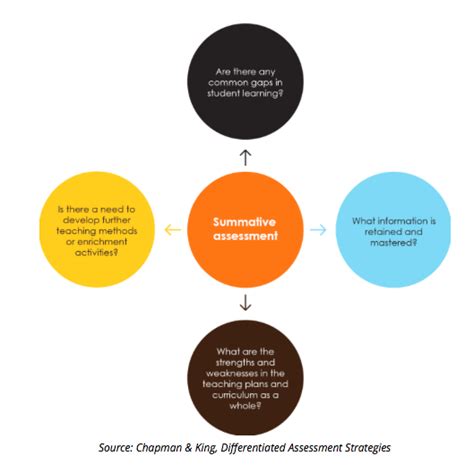
5. How to Implement Formative Tests in the Classroom
Implementing formative tests in the classroom involves several practical steps to ensure their effectiveness. Start by integrating formative assessments into your regular teaching routine, using tools such as quizzes, exit tickets, and interactive polls. These should be brief and focused on specific learning objectives to provide timely feedback.
Encourage active student participation by incorporating peer assessments and group activities that allow students to collaborate and reflect on their understanding. Regularly analyze the results of formative tests to identify common areas of difficulty and adjust your teaching strategies accordingly.
Create a supportive environment where feedback is constructive and aimed at improvement rather than just evaluation. Use formative tests as a way to foster open communication with students about their progress and learning needs. Finally, ensure that formative assessments are aligned with learning goals and provide diverse methods to cater to different learning styles. This approach helps to maximize the benefits of formative testing and supports continuous student growth.
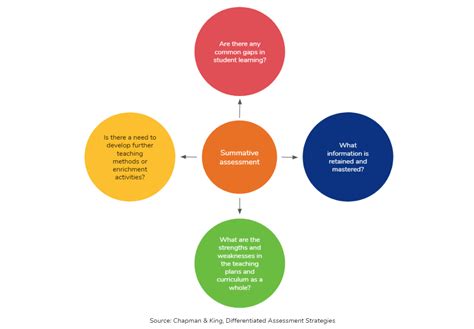
6. What Are the Key Benefits of Formative Testing
Formative testing offers several key benefits that enhance both teaching and learning. One of the primary advantages is the ability to provide immediate feedback, which helps students understand their progress and areas needing improvement in real-time. This timely feedback allows for quick adjustments in both teaching and learning strategies, promoting a more responsive and adaptive educational environment.
Another significant benefit is the support of individualized instruction. Formative tests help educators identify specific learning gaps and tailor their instruction to address the unique needs of each student. This personalized approach helps students build a stronger understanding of the material and improves overall academic performance.
Formative testing also fosters a growth mindset by emphasizing the importance of ongoing learning and improvement. It encourages students to view challenges as opportunities for growth rather than obstacles. Additionally, these assessments promote active engagement and participation, as students become more involved in their own learning process. Overall, formative testing enhances educational effectiveness by providing continuous insights and promoting a supportive and dynamic learning environment.
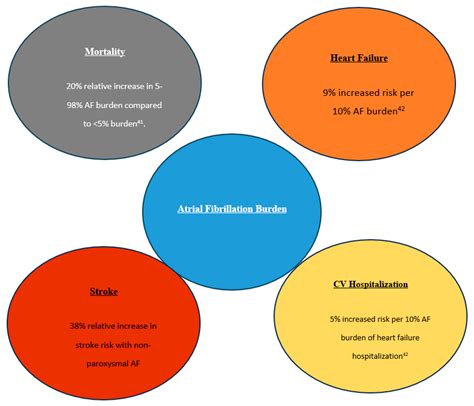
7. Why Formative Tests Foster Continuous Learning
Formative tests foster continuous learning by creating a feedback loop that supports ongoing improvement and development. Unlike summative assessments, which provide a final evaluation of student performance, formative tests offer regular, real-time feedback that helps students identify their strengths and areas for growth throughout the learning process. This continuous feedback encourages students to reflect on their understanding, make adjustments, and persist in their efforts to grasp the material.
The iterative nature of formative testing helps students develop a deeper understanding of the content as they engage with it repeatedly over time. By regularly assessing their progress and receiving constructive feedback, students are motivated to address challenges and build upon their knowledge continuously. This approach reinforces the idea that learning is a dynamic, evolving process, fostering a growth mindset and encouraging students to take ownership of their learning journey. Ultimately, formative tests contribute to a more adaptive and resilient approach to education.
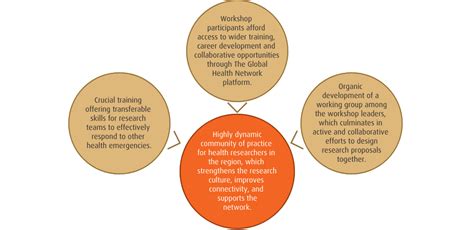
8. How to Design Effective Formative Tests
Designing effective formative tests involves several key considerations to ensure they effectively support learning. Start by aligning the tests with specific learning objectives to ensure they accurately measure the concepts being taught. Keep the assessments short and focused, targeting key areas of understanding to provide clear insights into student progress.
Incorporate a variety of assessment methods, such as quizzes, polls, or written reflections, to cater to different learning styles and keep students engaged. Ensure that the questions are clear and unambiguous, providing a true reflection of students’ knowledge and skills.
Provide timely feedback that is constructive and actionable. Feedback should highlight strengths and suggest specific areas for improvement, guiding students on how to enhance their understanding. Encourage students to reflect on their performance and use the feedback to make adjustments.
Finally, regularly review and adjust your formative tests based on the data collected to better address students’ evolving needs and improve instructional strategies. This iterative process helps maintain the effectiveness of formative assessments in supporting continuous learning.
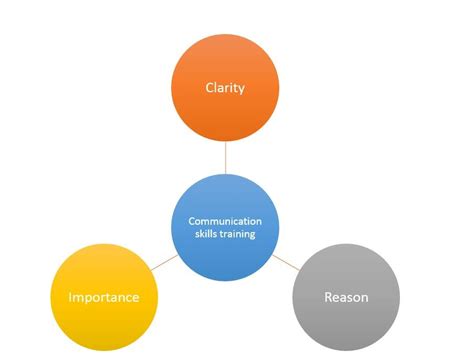
9. What Are the Challenges of Formative Testing
Despite their benefits, formative testing presents several challenges that educators must navigate. One major challenge is the time and effort required to design, administer, and analyze formative assessments. Creating effective formative tests involves careful planning and regular adjustments, which can be time-consuming and may require additional resources.
Another challenge is ensuring the assessments are genuinely useful and aligned with learning objectives. Poorly designed formative tests can lead to misleading feedback and fail to address specific learning needs. It is crucial to ensure that the assessments are clear, relevant, and accurately measure student understanding.
Furthermore, providing timely and constructive feedback can be demanding. Educators must balance the need to give detailed, actionable feedback with their other responsibilities. Ensuring that feedback is both informative and manageable is essential for maintaining the effectiveness of formative testing.
Finally, there may be resistance from students who view formative assessments as additional pressure or extra work. To overcome this, educators need to clearly communicate the purpose and benefits of formative testing, fostering a positive attitude toward continuous assessment and improvement.
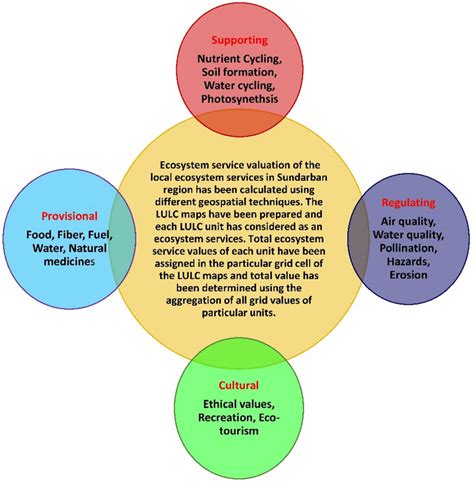
10. Why Formative Assessment is Essential for Modern Education
Formative assessment is essential for modern education because it supports a dynamic and responsive learning environment. Unlike traditional methods that often focus on final evaluations, formative assessments provide ongoing insights into student progress, enabling educators to make timely adjustments to their teaching strategies. This approach ensures that instruction is tailored to meet individual learning needs and addresses gaps before they impact overall achievement.
Formative assessments also foster a growth mindset by emphasizing continuous improvement and learning. They encourage students to actively engage with the material, reflect on their understanding, and view challenges as opportunities for growth. This continuous feedback loop helps build students’ resilience and adaptability, crucial skills in today’s rapidly changing world.
Incorporating formative assessments aligns with contemporary educational goals of personalized learning and student-centered approaches, making them a vital component of effective and modern educational practices.
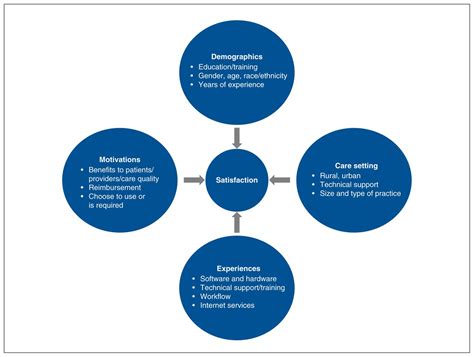
Incorporating formative tests into the educational process enhances both teaching and learning by providing ongoing feedback and support. These assessments offer valuable insights that help educators adjust their strategies and address individual learning needs, while also fostering a growth mindset among students. By embracing formative testing, educators can create a more responsive and effective learning environment, where continuous improvement is encouraged, and students are empowered to take charge of their own learning journey. Ultimately, formative assessment is crucial for achieving meaningful and lasting educational outcomes.
gameshoek.com
